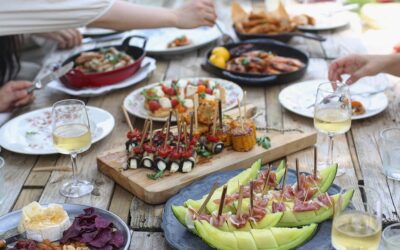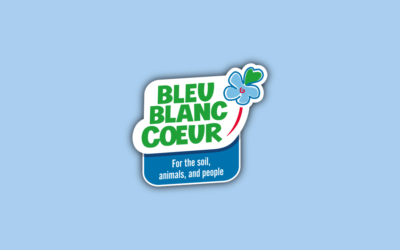Poultry is an important part of our menu. Indeed, eggs and chickens make up a large part of the world’s protein intake. But did you know that the quality of poultry feed strongly determines the quality of the nutrients that will become lodged in their eggs and flesh? For example, the composition of certain fats can vary from one to four, depending on what the animal has eaten.
What seeds for our hens?
Hens need a varied and balanced diet containing both lipids (especially omega-6 and Omega-3), and proteins. These nutrients can be found in different seeds (wheat, barley, soya, peas, lupin, rapeseed, sunflower…) which vary in composition.
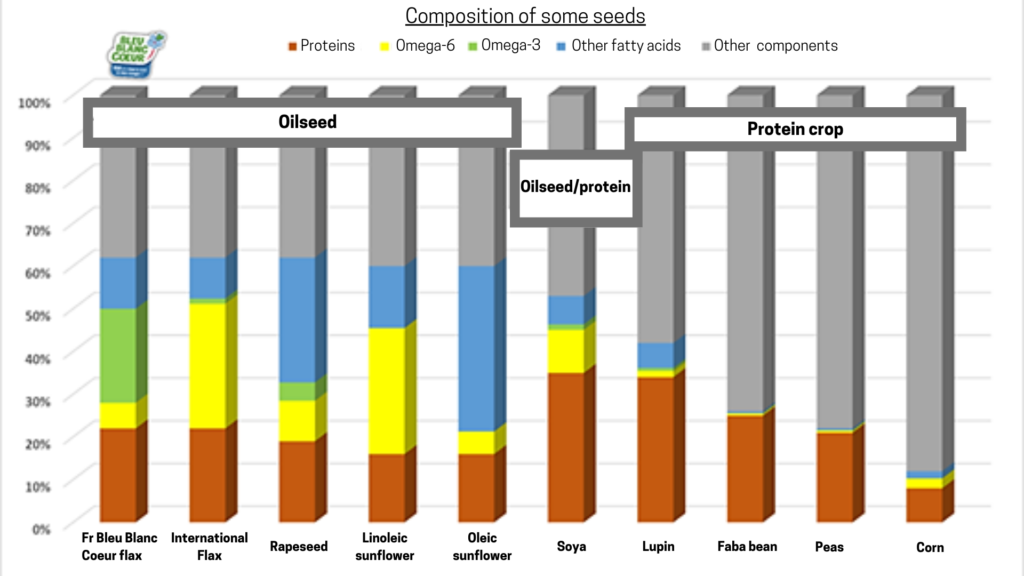
The particularity of soya is that it contains both a lot of proteins and lipids: it is an oil-protein plant that allows you to “kill two birds with one stone”, as they say. The problem is that most of the soya used in animal feed is imported from the American continent, produced intensively, at most times GMO, and also a major contributor of deforestation. Corn is also commonly used to feed hens and chickens, but the nutritional density of this seed is quite low (less than 10% protein, a little Omega-6 lipids but no Omega-3). Among the seeds most given to hens we can also find wheat, which provides the carbohydrates they need as fuel, and also calcium (especially for laying hens to produce beautiful eggshells).
With the broad outlines of this conventional diet, the eggs produced will contain good quality proteins, as well as an interesting supply of minerals and vitamins, but what about the lipid composition?
A variable lipid composition
An egg is approximately 10% of fatty substance, whatever the production method used. However, the relative lipids composition, such as Omega-3 with anti-inflammatory virtues, fluctuates greatly depending on the feed given to the hen.
The Bleu-Blanc-Coeur approach, which aims in particular to improve the diversity and quality of the animals’ diet to achieve an interesting nutritional density in our plates, integrates seeds, naturally source of omega 3, and local protein sources in animals’ troughs. For hens, there is an input of flax seeds, chosen for their wealth in omega-3, of rapeseed, and also a mixture of peas and broad beans as a partial replacement for soya. The use of imported soya will be totally banned from the Bleu-Blanc-Coeur specifications by 2022.
If a hen is fed with food rich in omega-3 (the one that we find in plants is called alpha-linolenic acid or ALA), then it has enough to make another omega-3 called DHA, which is an important component of our brain, our eyes, our nerves and conditions the body to function properly.
Lipids and omega-3 composition of eggs from different production methods (2011)

Lipids and omega-3 composition in hens from different production methods (2011)

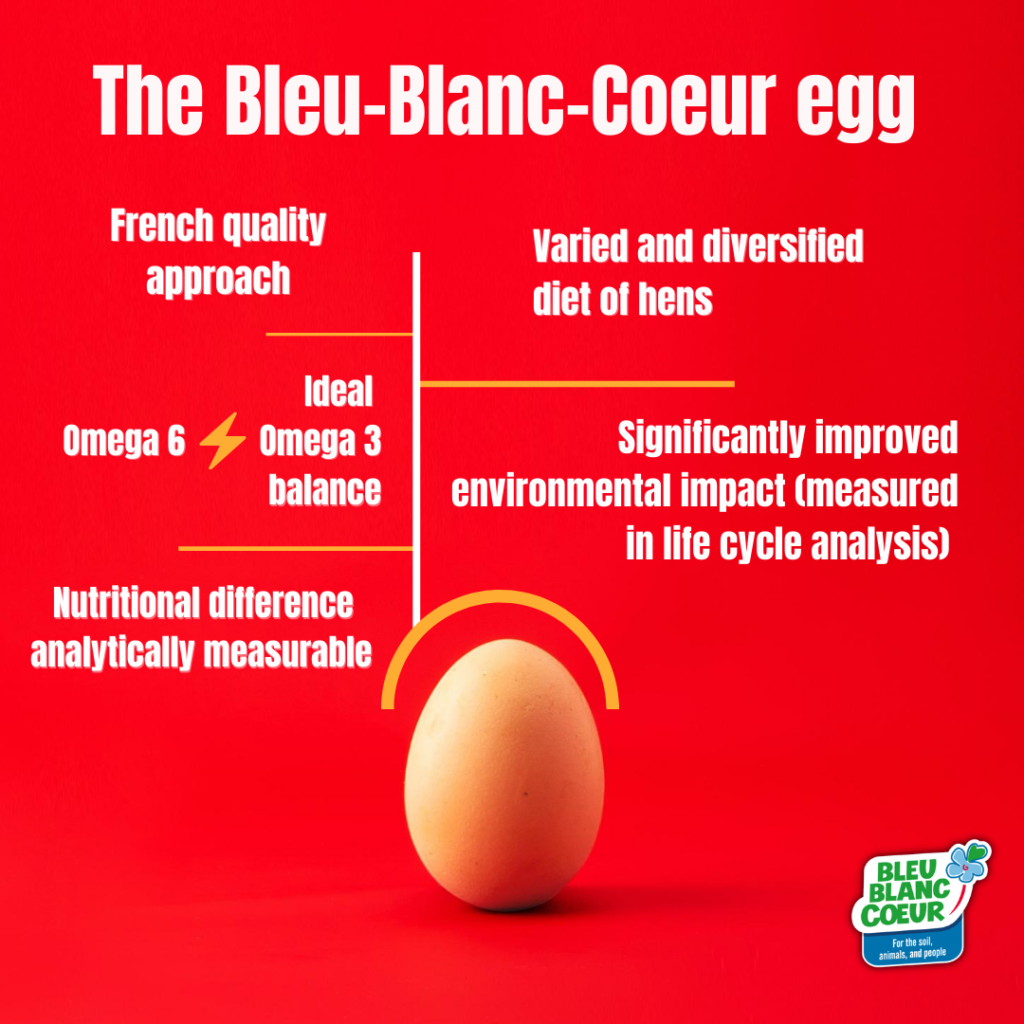
A Bleu-Blanc-Coeur hen or chicken, thanks to a diversified and balanced diet in lipids, produces not only eggs and meat of high nutritional quality, but will also have an improved carbon footprint compared to standard production methods (CO2 impact reduced by 18% in Bleu-Blanc-Coeur egg production and by 23% in Bleu-Blanc-Coeur chicken meat).
It is probably for all these reasons that an old Breton proverb says “Dre he beg e tovz a yar” (“it is by the beak that the hen lays”)





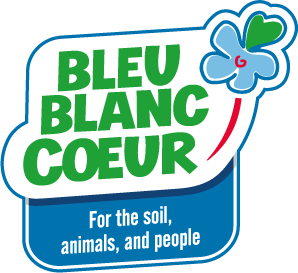
 Home
Home
